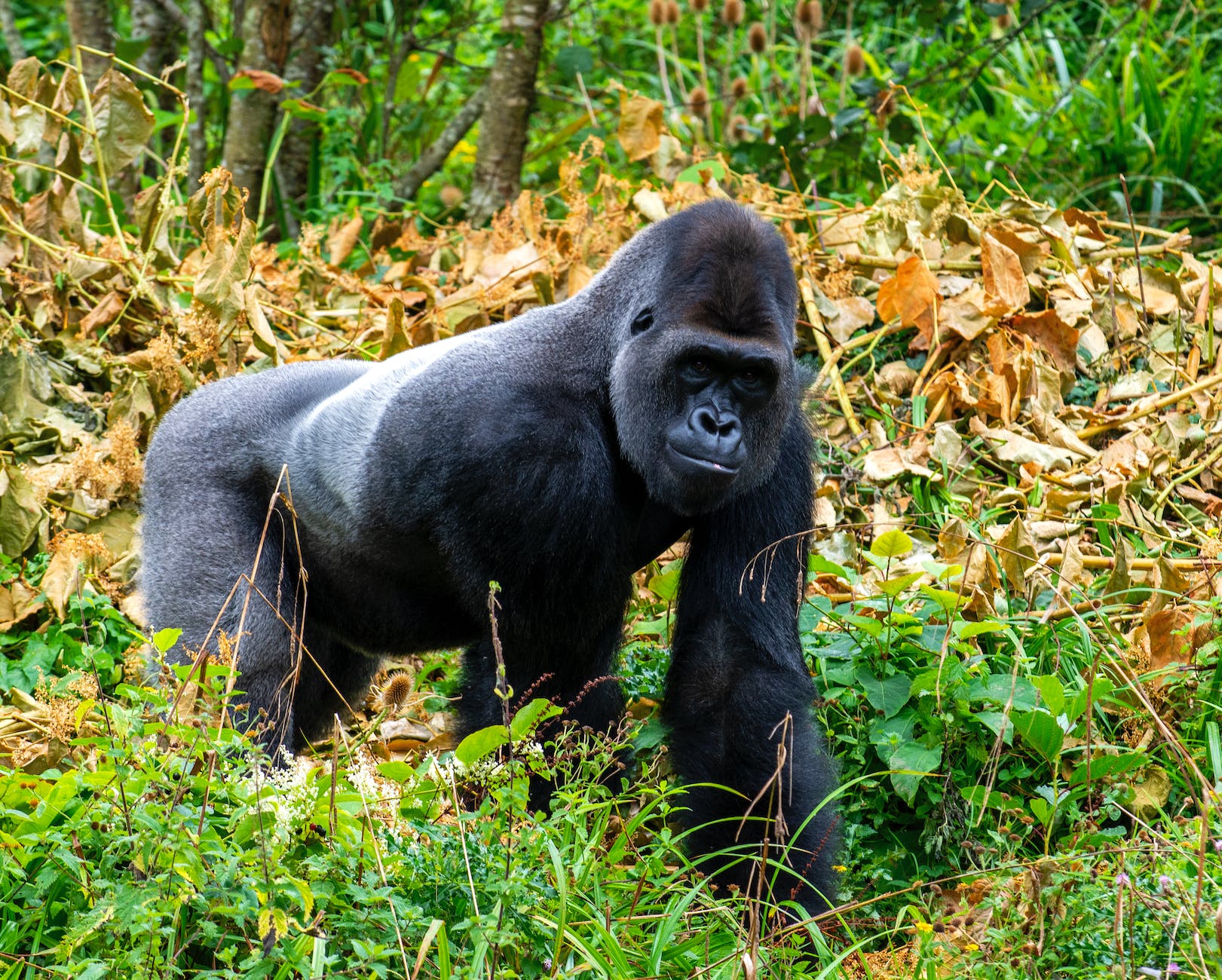Ettore Fedele from the University of Leicester in the UK presented at London Calling 2022 on “Genomic tools for gorilla population dynamics and conservation.” Fedele spoke about using Oxford Nanopore Technologies (ONT) sequencing to support conservation of gorillas and began by emphasizing the importance of gorillas and major threats they encounter. Monitoring species to combat bushmeat and wildlife-related crimes. They also want to estimate population size. Species identification was done by sequencing the cytochrome c oxidase subunit I (COI) gene and individuals could be identified by sequencing the short tandem repeats (STRs) through capillary electrophoresis. Fedele noted that third-generation sequencing such as Oxford Nanopore Technologies (ONT) improves testing and provides additional information. The cost, however, was a challenge, and Fedele noted that now SNP and ONT sequencing is more portable and accessible. They shared that the Bento Labs and Mini PCR tools help bring portable sequencing technologies to the field. This also helps with some of the challenges of the transport of biological samples, especially those from endangered species. Fedele’s workflow with ONT was used for whole genome sequencing using the MinION MK1B with MIN 106 and FLG001 flow cells. They used the ligation sequencing kit (SQK-109) and the Native Barcoding Expansion (EXP-NBD104) kits. For data analysis, the team used Guppy, Minimap2, BCFtools, WhatsHap, and R. Fedele and team amplified 43 loci from numerous gorillas for SNP analyses. They learned from this project that SNPs are useful for analyses and conservation work focusing on gorilla populations.



